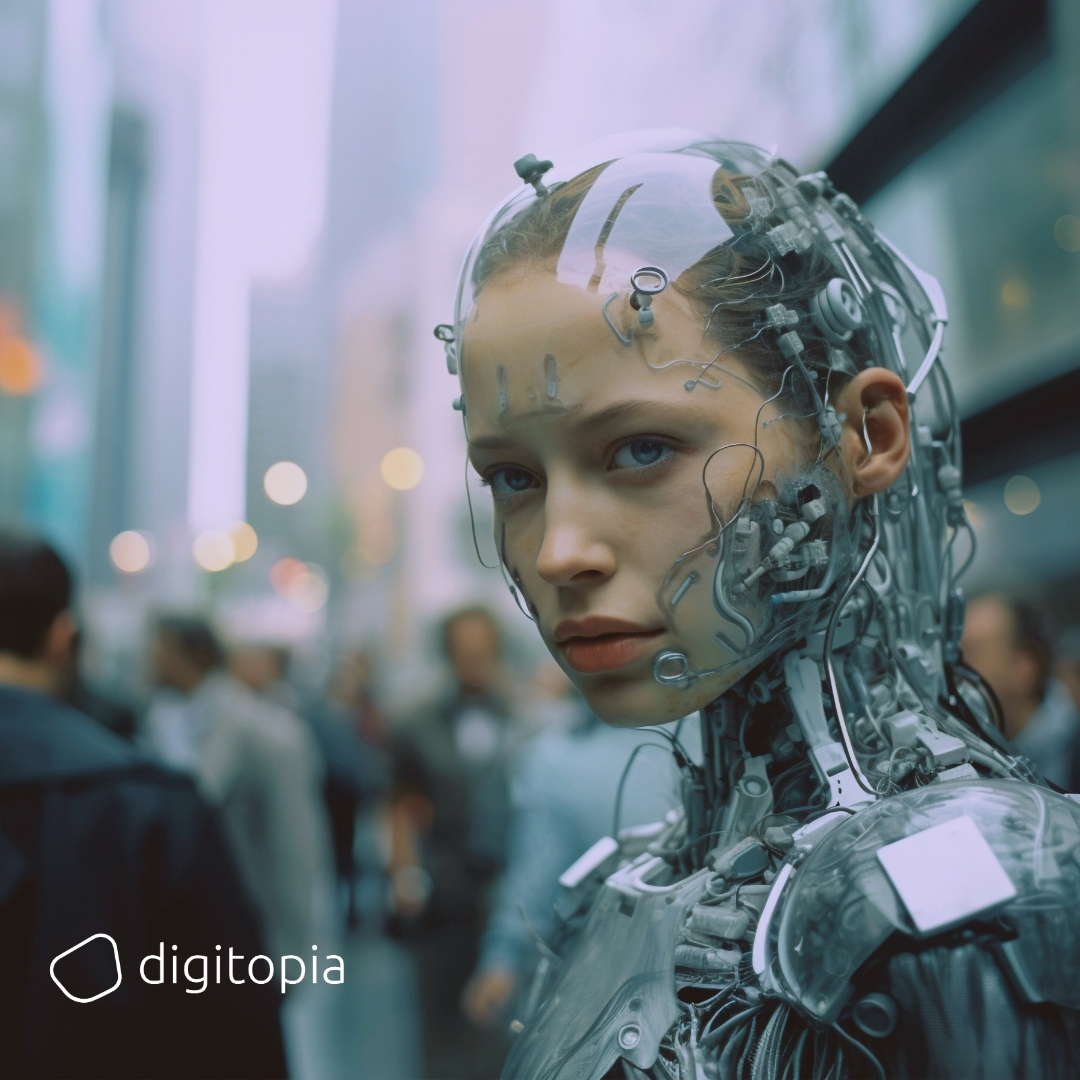
Humanoid robots have long captured the imagination of scientists, writers, and the general public. These machines, designed to resemble and emulate humans, present both exciting possibilities and profound ethical dilemmas. While some envision a future where humanoid robots enhance our lives, others express concerns about their impact on society and humanity itself. In this article, we explore the debate surrounding humanoid robots through a dialogue between two experts in the field, each offering unique perspectives on the future of human-robot interaction.
Introduction
As technology advances, the line between science fiction and reality continues to blur. Humanoid robots, once confined to the realm of imaginative storytelling, are becoming increasingly feasible. Proponents argue that these robots could revolutionize industries, healthcare, and personal relationships. Critics, however, warn of the ethical and societal challenges posed by machines that mimic human appearance and behavior. This dialogue explores the potential benefits and risks of humanoid robots, inviting readers to reflect on the future of technology and humanity.
The Dialogue
Dr. Emma Carter (Proponent of Humanoid Robots):
Thank you for joining me in this discussion, Dr. Mitchell. As someone who has worked extensively on developing humanoid robots, I see tremendous potential in these machines. By mimicking human appearance and behavior, humanoid robots can integrate seamlessly into environments designed for humans, offering assistance and companionship in ways other machines cannot. They could serve as caregivers for the elderly, tutors for children, and companions for those who are lonely.
Dr. Lucas Mitchell (Critic of Humanoid Robots):
Thank you, Dr. Carter. While I appreciate your enthusiasm for humanoid robots, I have several reservations. First and foremost, I question the necessity of creating robots that resemble humans so closely. While machines in manufacturing and mining have clear utility, replicating humans presents ethical concerns. For example, humanoid robots used for companionship could blur the line between reality and simulation, impacting human relationships and societal norms.
Dr. Carter:
I understand your concerns, but humanoid robots could fill critical gaps in our society. Take healthcare, for example. With an aging population and a shortage of caregivers, humanoid robots could provide essential support, assisting with daily tasks and offering companionship to the elderly. They can also serve as educators, adapting to individual learning styles and providing personalized instruction.
Dr. Mitchell:
While those applications sound beneficial, we must consider the potential consequences. The presence of humanoid robots in caregiving roles could lead to reduced human interaction, which is vital for emotional and psychological well-being. Moreover, if these robots become indistinguishable from humans, we risk fostering relationships with machines rather than with real people, leading to social isolation and a decline in empathy.
Dr. Carter:
That’s a valid point, but I believe we can design humanoid robots to complement rather than replace human interactions. These robots could relieve the burden of routine tasks, allowing caregivers and educators to focus on more meaningful interactions. Additionally, by developing humanoid robots, we can push the boundaries of AI and robotics, leading to technological advancements that benefit society as a whole.
Dr. Mitchell:
Pushing technological boundaries is important, but we must also consider the ethical implications of creating machines that closely resemble us. There is the risk of humanoid robots being used as soldiers or in weapon systems, which could lead to dehumanized warfare and ethical dilemmas about accountability and decision-making in combat scenarios. Should we not prioritize using technology to reduce conflict and promote peace?
Dr. Carter:
I agree that the militarization of humanoid robots poses significant risks. We must establish strict regulations and ethical guidelines to prevent their misuse. However, focusing on the potential dangers should not overshadow the positive contributions humanoid robots can make in non-military contexts. By setting clear boundaries and ethical standards, we can harness the potential of these machines for the greater good.
Dr. Mitchell:
I appreciate your optimism, but I remain skeptical. I believe we should invest more in technologies that improve efficiency and effectiveness in existing systems without replicating human form. Technologies that enhance communication, reduce waste, and promote sustainability should be prioritized. Ultimately, our focus should be on creating a world with less conflict and more collaboration, rather than developing humanoid robots that might complicate human relations.
Dr. Carter:
Your perspective is valuable, Dr. Mitchell. Perhaps the solution lies in finding a balance between embracing the potential of humanoid robots and being mindful of their limitations and risks. By fostering open dialogue and collaboration between technologists, ethicists, and policymakers, we can ensure that these advancements align with our societal values and priorities.
Conclusion
The dialogue between Dr. Carter and Dr. Mitchell highlights the complex and multifaceted nature of humanoid robots. While these machines offer exciting possibilities, they also present ethical and societal challenges that must be addressed. As we navigate the future of human-robot interaction, it is crucial to balance innovation with caution, ensuring that technological advancements enhance rather than detract from the human experience.
Philosophically, the debate over humanoid robots reflects broader questions about the role of technology in shaping our society and identity. As we venture into this uncharted territory, we must remain vigilant in safeguarding the values that define our humanity—empathy, connection, and the pursuit of a more equitable and harmonious world. Ultimately, the path we choose will determine whether humanoid robots become a force for good or a source of disruption in our lives.

